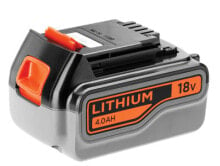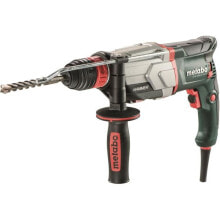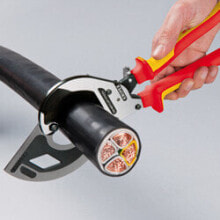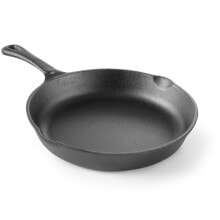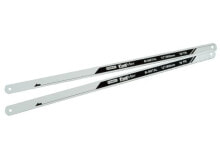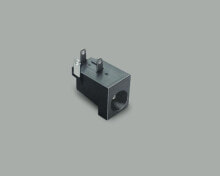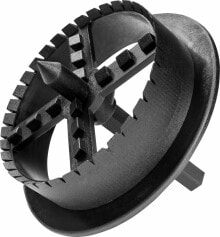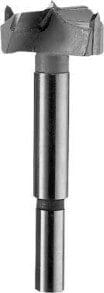Connector goldpin 1x40 angular 2,54mm raster - black - 10pcs. - justPi
- Product Code:
- 54023032
Properties
- Lead
- 1x40
- Conn - Стандартный
- мужчина
Design
- Color
- Black
Features
- Растр
- 2.54 mm
- Connection type
- Пин-код, pin
Other features
- Brand
- justPi
Description
Male goldpin plug with pins angled out. The pin arrangement is 1x40 single row . The pins' pitch is 2.54 mm , and the plug housing is black . The goldpin connector belongs to the group of pin connectors , which are one of the main connecting elements - the element is used in the implementation of projects that include modules with female goldpin strips and outputs in the form of solder pads. It can be used in conjunction with a universal plate and a contact plate .
Technical specification of the element- Type of pins: angled
- Connector Type: Male Plug
- Number of pins: 40
- The arrangement of the pins: 1x40
- Pitch: 2.54 mm
- Connector housing color: black
- Number of pieces in the set: 10
Goldpin plug 1x40 angular raster 2.54 mm - black - 10 pcs.
In our offer you will also find other assembly connectors - check it out!
Goldpin connector with pins led out in an angular manner.
Goldpin is the most common pin connector used in miniature electronic modules. Thanks to it, it is possible to connect modules, sensors and peripheral devices - it is an intermediate element between the module and the connecting cable. The goldpin plug can also be plugged directly into the breadboard , which greatly facilitates prototyping. The goldpin connector is available in two versions - as a male plug (male strip) and as a female socket ( female strip ). In both cases, its raster is 2.54 mm . Connectors with straight and angled pins are available.
Are you wondering how to solder goldpins? It's nothing hard. Most modules have holes in the form of solder pads through which the connector should be inserted. The element has a thickening in the form of a housing which helps in proper positioning of the element.





